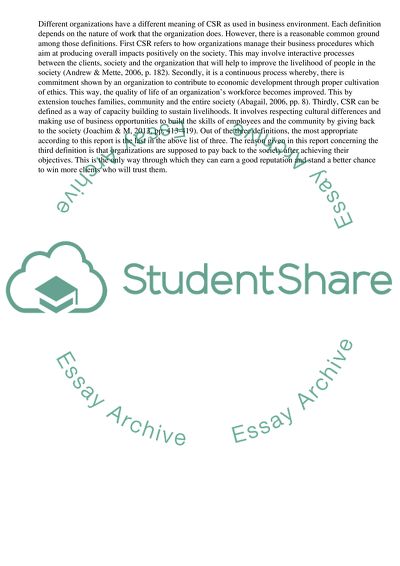Cite this document
(“Corporate Social Responsibility Coursework Example | Topics and Well Written Essays - 3500 words”, n.d.)
Corporate Social Responsibility Coursework Example | Topics and Well Written Essays - 3500 words. Retrieved from https://studentshare.org/business/1817664-people-and-organization
Corporate Social Responsibility Coursework Example | Topics and Well Written Essays - 3500 words. Retrieved from https://studentshare.org/business/1817664-people-and-organization
(Corporate Social Responsibility Coursework Example | Topics and Well Written Essays - 3500 Words)
Corporate Social Responsibility Coursework Example | Topics and Well Written Essays - 3500 Words. https://studentshare.org/business/1817664-people-and-organization.
Corporate Social Responsibility Coursework Example | Topics and Well Written Essays - 3500 Words. https://studentshare.org/business/1817664-people-and-organization.
“Corporate Social Responsibility Coursework Example | Topics and Well Written Essays - 3500 Words”, n.d. https://studentshare.org/business/1817664-people-and-organization.


